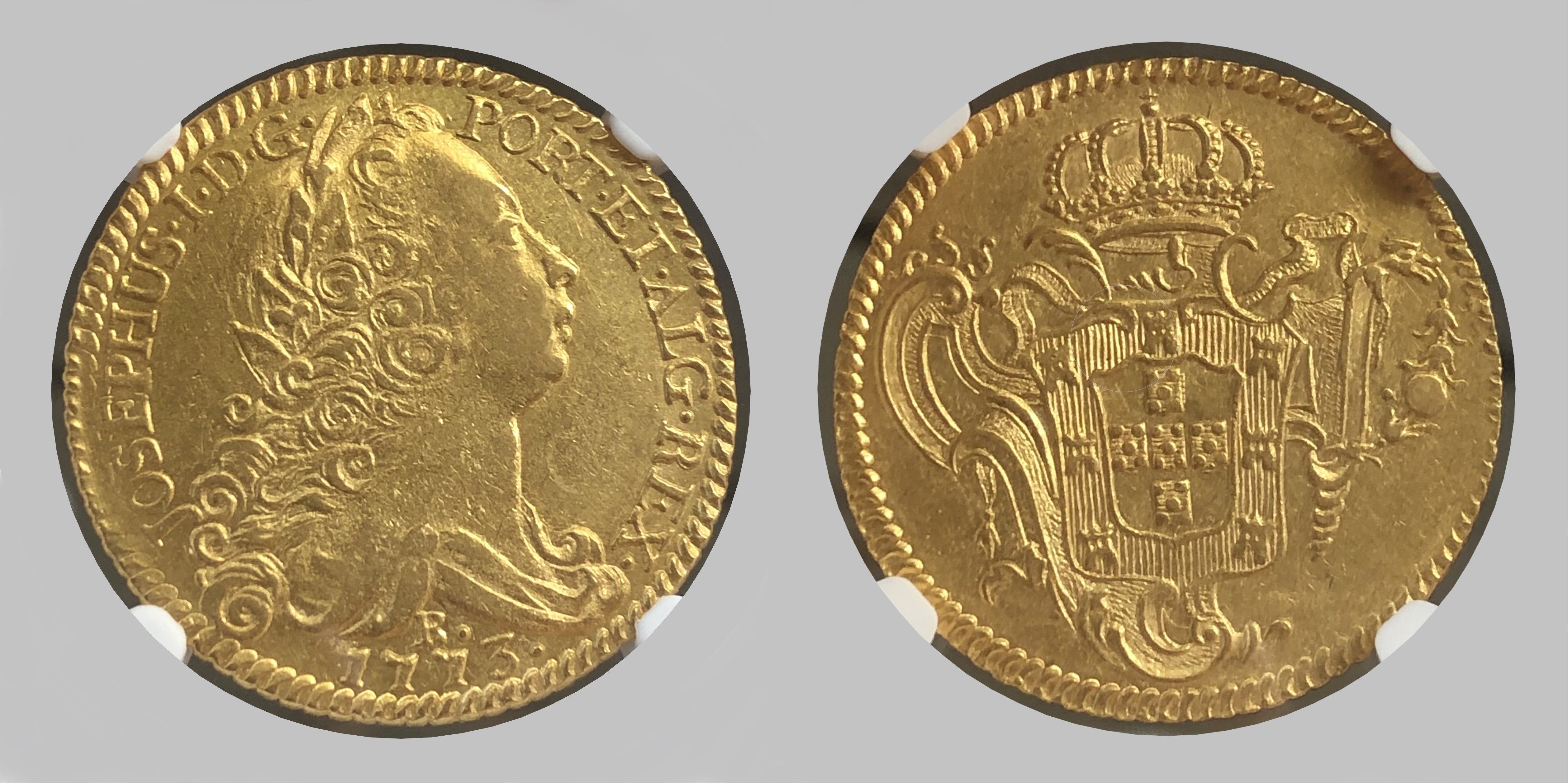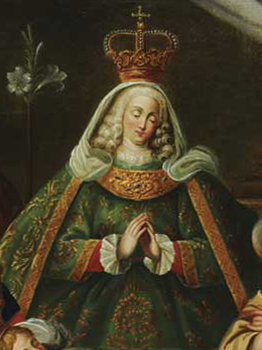|
1768 In Portugal ...
Events in the year 1768 in Portugal. Incumbents *Monarch: Joseph I Births *10 March – Domingos Sequeira, painter (d. 1837) *15 December – Infanta Mariana Victoria of Portugal, princess (d. 1788) Deaths *4 July – Paula de Odivelas, nun and royal mistress (b. 1701). References {{Year in Europe, 1768 1760s in Portugal Portugal Years of the 18th century in Portugal Portugal Portugal, officially the Portuguese Republic ( pt, República Portuguesa, links=yes ), is a country whose mainland is located on the Iberian Peninsula of Southwestern Europe, and whose territory also includes the Atlantic archipelagos of ... [...More Info...] [...Related Items...] OR: [Wikipedia] [Google] [Baidu] |
Portugal
Portugal, officially the Portuguese Republic ( pt, República Portuguesa, links=yes ), is a country whose mainland is located on the Iberian Peninsula of Southwestern Europe, and whose territory also includes the Atlantic archipelagos of the Azores and Madeira. It features the westernmost point in continental Europe, and its Iberian portion is bordered to the west and south by the Atlantic Ocean and to the north and east by Spain, the sole country to have a land border with Portugal. Its two archipelagos form two autonomous regions with their own regional governments. Lisbon is the capital and largest city by population. Portugal is the oldest continuously existing nation state on the Iberian Peninsula and one of the oldest in Europe, its territory having been continuously settled, invaded and fought over since prehistoric times. It was inhabited by pre-Celtic and Celtic peoples who had contact with Phoenicians and Ancient Greek traders, it was ruled by the Ro ... [...More Info...] [...Related Items...] OR: [Wikipedia] [Google] [Baidu] |
List Of Portuguese Monarchs
This is a list of Portuguese monarchs who ruled from the establishment of the Kingdom of Portugal, in 1139, to the deposition of the Portuguese monarchy and creation of the Portuguese Republic with the 5 October 1910 revolution. Through the nearly 800 years in which Portugal was a monarchy, the kings held various other titles and pretensions. Two kings of Portugal, Ferdinand I and Afonso V, also claimed the crown of Castile. When the House of Habsburg came into power, the kings of Spain, Naples, and Sicily also became kings of Portugal. The House of Braganza brought numerous titles to the Portuguese Crown, including King of Brazil and then ''de jure'' Emperor of Brazil. After the demise of the Portuguese monarchy, in 1910, Portugal almost restored its monarchy in a revolution known as the Monarchy of the North, though the attempted restoration only lasted a month before destruction. With Manuel II's death, the Miguelist branch of the house of Braganza became the pretenders to t ... [...More Info...] [...Related Items...] OR: [Wikipedia] [Google] [Baidu] |
Joseph I Of Portugal
Dom Joseph I ( pt, José Francisco António Inácio Norberto Agostinho, ; 6 June 1714 – 24 February 1777), known as the Reformer (Portuguese: ''o Reformador''), was King of Portugal from 31 July 1750 until his death in 1777. Among other activities, Joseph was devoted to hunting and the opera. Indeed, he assembled one of the greatest collections of operatic scores in Europe. His government was controlled by Sebastião José de Carvalho e Melo, 1st Marquis of Pombal. The third child and second son of King Dom John V, Joseph became his father's heir as an infant when his older brother, Dom Pedro, Prince of Brazil, died. In 1729 he married Infanta Mariana Victoria, the eldest daughter of King Don Philip V of Spain, and Joseph's sister Infanta Barbara married Mariana Victoria's half-brother Prince Don Ferdinand (the future King Don Ferdinand VI of Spain). These marriages were known as the Exchange of the Princesses. Joseph and Mariana Victoria had four daughters. With the dea ... [...More Info...] [...Related Items...] OR: [Wikipedia] [Google] [Baidu] |
Domingos Sequeira
Domingos António de Sequeira (Lisbon; 10 March 1768Rome; 8 March 1837) was a famous Portuguese painter at the Royal Court of King John VI of Portugal. Biography He was born in Belém, Lisbon, into a modest family. He later changed his family name from Espírito Santo to the more aristocratic Sequeira. He studied art first at the academy of Lisbon, before moving to Rome, where he was Antonio Cavallucci`s pupil. By the age of thirteen, he had evinced such marked talent that F. de Setubal employed him as an assistant in his work for the João Ferreiras Palace. Sequeira resided in Rome from 1788 to 1794, when he was made honorary member of the Academy of St Luke. After another two years and further study in Italy, he returned to his native country with such a great reputation that important commissions for churches and palaces were immediately entrusted to him: scriptural subjects, large historical compositions and cabinet pictures. In 1802, he was appointed first court painter and, ... [...More Info...] [...Related Items...] OR: [Wikipedia] [Google] [Baidu] |
Domingos Sequeira
Domingos António de Sequeira (Lisbon; 10 March 1768Rome; 8 March 1837) was a famous Portuguese painter at the Royal Court of King John VI of Portugal. Biography He was born in Belém, Lisbon, into a modest family. He later changed his family name from Espírito Santo to the more aristocratic Sequeira. He studied art first at the academy of Lisbon, before moving to Rome, where he was Antonio Cavallucci`s pupil. By the age of thirteen, he had evinced such marked talent that F. de Setubal employed him as an assistant in his work for the João Ferreiras Palace. Sequeira resided in Rome from 1788 to 1794, when he was made honorary member of the Academy of St Luke. After another two years and further study in Italy, he returned to his native country with such a great reputation that important commissions for churches and palaces were immediately entrusted to him: scriptural subjects, large historical compositions and cabinet pictures. In 1802, he was appointed first court painter and, ... [...More Info...] [...Related Items...] OR: [Wikipedia] [Google] [Baidu] |
Infanta Mariana Victoria Of Portugal
''Infante'' (, ; f. ''infanta''), also anglicised as Infant or translated as Prince, is the title and rank given in the Iberian kingdoms of Spain (including the predecessor kingdoms of Aragon, Castile, Navarre, and León) and Portugal to the sons and daughters (''infantas'') of the king, regardless of age, sometimes with the exception of the heir apparent or heir presumptive to the throne who usually bears a unique princely or ducal title.de Badts de Cugnac, Chantal. Coutant de Saisseval, Guy. ''Le Petit Gotha''. Nouvelle Imprimerie Laballery, Paris 2002, p. 303, 364-369, 398, 406, 740-742, 756-758 (French) A woman married to a male ''infante'' was accorded the title of ''infanta'' if the marriage was dynastically approved (e.g., Princess Alicia of Bourbon-Parma), although since 1987 this is no longer automatically the case in Spain (e.g., Princess Anne d'Orléans). Husbands of born ''infantas'' did not obtain the title of ''infante'' through marriage (unlike most heredit ... [...More Info...] [...Related Items...] OR: [Wikipedia] [Google] [Baidu] |
Paula De Odivelas
Mother Paula of Odivelas (Paula Teresa da Silva e Almeida; 17 June 1701 – 4 July 1768 etrieved 7 February 2017) was a Portuguese and royal mistress. Abbess of the , she became the most famous mistress of King |
1768 In Portugal ...
Events in the year 1768 in Portugal. Incumbents *Monarch: Joseph I Births *10 March – Domingos Sequeira, painter (d. 1837) *15 December – Infanta Mariana Victoria of Portugal, princess (d. 1788) Deaths *4 July – Paula de Odivelas, nun and royal mistress (b. 1701). References {{Year in Europe, 1768 1760s in Portugal Portugal Years of the 18th century in Portugal Portugal Portugal, officially the Portuguese Republic ( pt, República Portuguesa, links=yes ), is a country whose mainland is located on the Iberian Peninsula of Southwestern Europe, and whose territory also includes the Atlantic archipelagos of ... [...More Info...] [...Related Items...] OR: [Wikipedia] [Google] [Baidu] |
1760s In Portugal
Year 176 ( CLXXVI) was a leap year starting on Sunday (link will display the full calendar) of the Julian calendar. At the time, it was known as the Year of the Consulship of Proculus and Aper (or, less frequently, year 929 ''Ab urbe condita''). The denomination 176 for this year has been used since the early medieval period, when the Anno Domini calendar era became the prevalent method in Europe for naming years. Events By place Roman Empire * November 27 – Emperor Marcus Aurelius grants his son Commodus the rank of ''Imperator'', and makes him Supreme Commander of the Roman legions. * December 23 – Marcus Aurelius and Commodus enter Rome after a campaign north of the Alps, and receive a triumph for their victories over the Germanic tribes. * The Equestrian Statue of Marcus Aurelius is made. It is now kept at Museo Capitolini in Rome (approximate date). Births * Fa Zheng, Chinese nobleman and adviser (d. 220) * Liu Bian, Chinese emperor of th ... [...More Info...] [...Related Items...] OR: [Wikipedia] [Google] [Baidu] |
1768 In Europe
Events January–March * January 9 – Philip Astley stages the first modern circus, with acrobats on galloping horses, in London. * February 11 – Samuel Adams's circular letter is issued by the Massachusetts House of Representatives, and sent to the other Thirteen Colonies. Refusal to revoke the letter will result in dissolution of the Massachusetts Assembly, and (from October) incur the institution of martial law to prevent civil unrest. * February 24 – With Russian troops occupying the nation, opposition legislators of the national legislature having been deported, the government of Poland signs a treaty virtually turning the Polish–Lithuanian Commonwealth into a protectorate of the Russian Empire. * February 27 – The first Secretary of State for the Colonies is appointed in Britain, the Earl of Hillsborough. * February 29 – Five days after the signing of the treaty, a group of the szlachta, Polish nobles, establishes the Ba ... [...More Info...] [...Related Items...] OR: [Wikipedia] [Google] [Baidu] |
.png)


